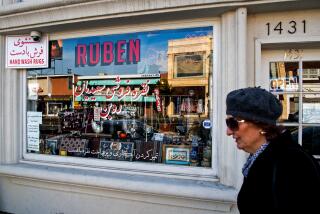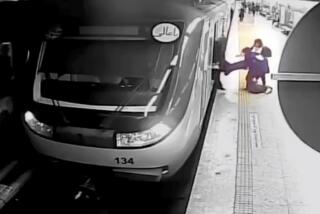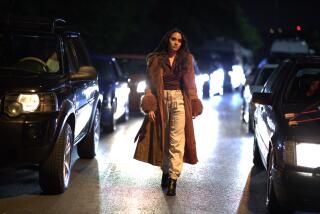United Colors of Iran
The brilliant palette of reds, blues and purples worn by the participants of the Iranian Children & Young Adult’s Festival at the Irvine Barclay Theatre Sunday was in sharp contrast with an image of the people of Iran shrouded in black.
Although black robes have covered most women in Iran for more than 1,000 years, there are tribes that have kept alive an even older tradition of colorful attire, according to Homa Ehsan, journalist and founder of the Orange-based radio station R.B.C.S. Iranian.
Last weekend’s festival marked the 11th year for Ehsan, who writes, directs, produces and choreographs the annual event in an effort to teach youth about their cultural roots. This year’s production, named after its leading characters--a pair of goats named Shangool and Mangool--involved 20 young players singing, dancing and acting out a fable about unity in diversity.
Their elaborate costumes were both original and reproductions, but all represented various tribes of Iran, from the Fars of the south to the Kurds of the north. Bright colors were not restricted to the rich and royal, notes Ehsan. Peasants, too, dressed in layers of multihued clothes, even when working the farms. And though sparkling gold coins were sewn on every woman’s dress, the number of coins was limited to the family’s wealth.
“Many of these children have never lived in Iran,” adds Ehsan, who left her native land amid the political turmoil of 1979. “We want them to take pride in their culture, to learn about their roots.”
More to Read
The biggest entertainment stories
Get our big stories about Hollywood, film, television, music, arts, culture and more right in your inbox as soon as they publish.
You may occasionally receive promotional content from the Los Angeles Times.










